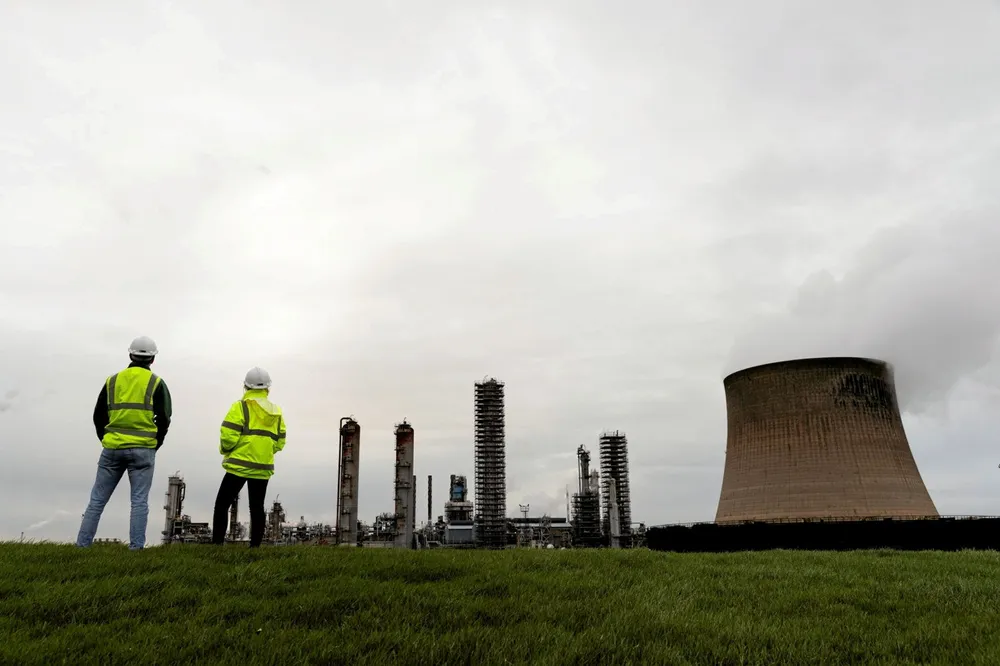UK industrial cluster says blue hydrogen needed now to reach net-zero goals
Deploying blue hydrogen at scale now could help unlock vital infrastructure to help spur the deployment of green hydrogen in the future

Deploying blue hydrogen at scale now could help unlock vital infrastructure to help spur the deployment of green hydrogen in the future
